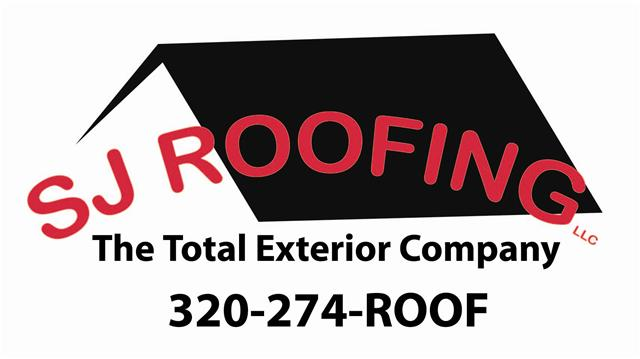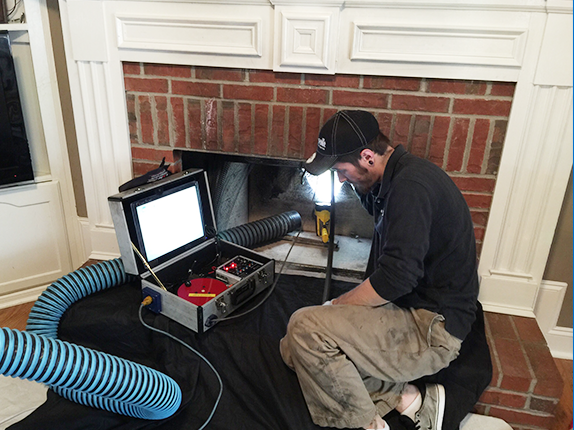Safety Inspections
Services
Safety Inspections
When should your chimney be inspected?
When should your chimney be inspected?
- Any time you notice visible soot anywhere in your home
- Before each heating season
- Before installation of a new fuel burning appliance (furnace, hot water heater, etc.)
- Before purchasing a new home
- Immediately after a chimney or house fire
- If your home has been struck by lightening
- If your chimney has experienced impact (hit by a falling tree, etc.)
- If you notice staining on the inside or outside of your home in the vicinity of the chimney
- If the roof has been replaced
HOW OFTEN SHOULD YOU GET YOUR CHIMNEY CLEANED?
- Every 36 fires or once a year, whichever comes first
- When you purchase a pre-built home or dwelling
All of ProTech Chimney Restoration Inspections meet level 2 NFPA requirements and are performed by our nationally certified technicians.
LEVEL I OR VISUAL CHIMNEY INSPECTION
A Level I chimney inspection covers all readily accessible portions of the exterior and interior and the accessible portions of appliance and chimney connections. A Level I inspection does not include a video scan, but you can choose to add this option for a more thorough evaluation of the fireplace or furnace flue system.
LEVEL II
If you are selling your house or buying a new one, the NFPA recommends a Level II inspection. Inspection requirements for purchasing a new home are different for each transaction, but it is highly recommended that the chimney be thoroughly inspected to avoid costly repairs later. Most home inspectors do not have the expertise to evaluate the condition of the chimney. A Level II inspection covers all accessible portions of the chimney interior and exterior including areas within accessible attics, crawl spaces, and basements and includes inspection by video scanning.
Level III
A Level III inspection is usually called for if there is damage to your home because of a chimney fire or severe storm, this includes lightning damage, wind damage and earthquakes. If we can’t determine the safety of the system by doing a Level I or Level II inspection then a Level III will be recommended.
New Paragraph
BROWSE OUR WEBSITE
CONTACT INFORMATION
License Number: BC628701
Content, including images, displayed on this website is protected by copyright laws. Downloading, republication, retransmission or reproduction of content on this website is strictly prohibited. Terms of Use
| Privacy Policy








